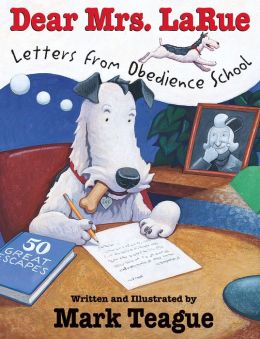 Those Shoes
Those Shoes
by Maribeth Boelts
Illustrated by Noah Z. Jones
Touching, beautiful story about the struggle of one boy (who has very little), to do the right thing for a classmate (who has less).
Book Talk
Jeremy sees a pair of very cool shoes on a very big advertisement and of course, wants them immediately! But he knows that his grandmother struggles to get by and that there is little money in his household. He knows he has little chance of every affording those shoes.
At school, several of the kids start showing up with those new, very cool shoes, which, of course, increases Jeremy’s desire to have the shoes. HIs own shoes break and he has to go to Mr. Alfrey, the school counselor, who has a big box of extra clothes for kids in need. Jeremy gets a pair of shoes that have a velcro closure and a silly cartoon character on the side—the complete opposite of those very cool shoes. When he returns to class, several of the kids laugh at him. Except for Antonio. Antonio doesn’t laugh and at recess, Antonio is happy to play with Jeremy.
Jeremy finally asks his grandmother about getting the shoes. She tells him that he needs new boots for winter and she is struggling to save for what he needs, not what he wants. But they go shopping anyway, and they are shocked with the astronomical price of those shoes. They decide to visit thrift stores to see if they can find a pair—-and they do! Jeremy is thrilled, until he realizes they are two sizes too small.
They buy the shoes anyway and he tries at night to stretch the shoes. Of course, they don't stretch.
About this time at school he notices several things: more kids are showing up with those shoes, Antonio’s shoes are now taped together and Antonio’s feet are a lot smaller than Jeremy’s. Jeremy realizes that Antonio is always nice to him, never passing judgement about the velcro shoes and always willing to play a game of hoops.
It dawns on Jeremy that he should give his thrift store, new, very cool shoes to Antonio. The idea first creeps into his mind and he tries to ignore it—because he really wants to keep them. Even if he can’t wear them—he has them and he wants them. But, because he knows it’s the right thing to do, the idea keeps growing and growing. Yet, even so, he can’t quite bring himself to give the shoes to Antonio.
Favorite lines from this part of the story: “One day during Math, I glance at Antonio’s shoes. One of them is taped up, and his feet look smaller than mine. After school, I head to the park to think. Antonio is there-the only kid who didn’t laugh at my Mr. Alfrey shoes. We shoot baskets-a loose piece of tape on Antonio’s shoes smacks the concrete every time he jumps. I think, I’m not going to do it.”
Until one night when it snows and Jeremy thinks about his friend, Antonio, having to go to school in his taped shoes in the snow. He thinks about his own embarrassment of his velcro shoes and he thinks about Antonio’s kindness towards him.
At last, he runs across the street to Antonio’s house, leaves the shoes, rings the doorbell and runs away. Antonio shows up at school with the biggest smile…..and the new, very cool shoes. Antonio knows it was Jeremy who gave him the shoes and he humbly thanks Jeremy. They go out to play in the snow together—this time Jeremy has on his new winter boots.
Suggested Uses as a Mentor Text:
Book Genre: Realistic Fiction (Contemporary)
Reading Workshop strategies: Inferring, Connecting, Synthesizing
Writing Workshop genre and strategies: Personal Narrative,Opinion Writing, Elaboration
Curricular Themes: Character Ed (Doing the right thing), We Need Diverse Books















